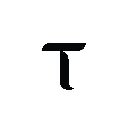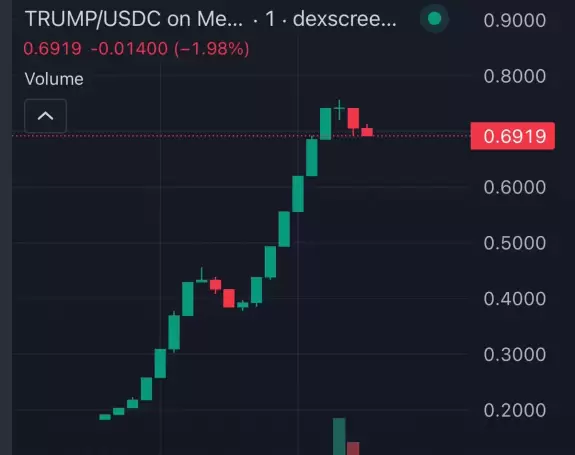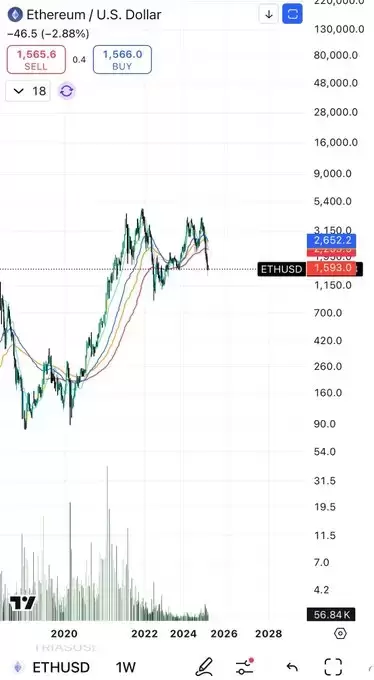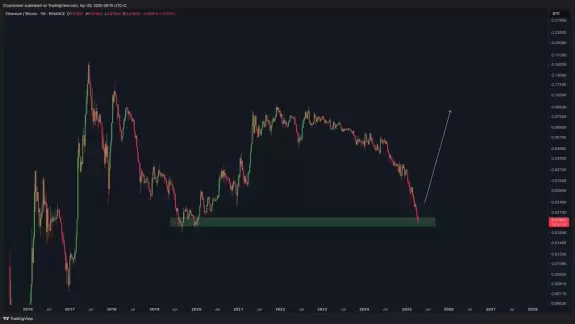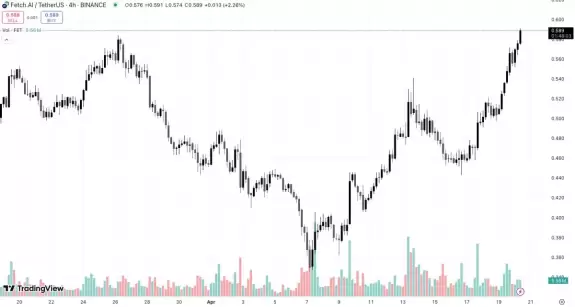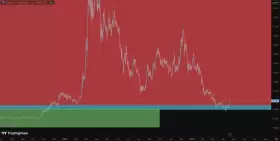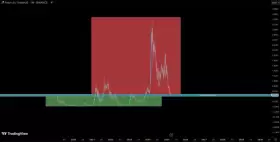Communtity feeds
-

- Twitter source
- Crypto Beast Apr 20, 2025 at 07:50 pm
I was the FIRST influencer to post about $TRUMP coin (proof below) It did a 130x from my call at all time high I will also be the first to post his new coin so make sure you’re following with notisBREAKING: DONALD TRUMP LAUNCHES HIS OWN MEMECOIN $TRUMP

-

- Twitter source
- Blockchainedbb Apr 20, 2025 at 07:48 pm

-

- Twitter source
- Crypto Rover Apr 20, 2025 at 07:33 pm
-

- Twitter source
- Cointelegraph Apr 20, 2025 at 07:15 pm
- $FET powering through resistance with a clean uptrend on the 4H!
Price sitting at $0.589 and strong volume confirms trend strength On the narrative side, http://Fetch.ai just dropped ASI-1 Extended: the most advanced Web3-native LLM yet
Chart and tech in sync?

-

- Twitter source
- 🦖WAGMISAURUS REX🦖 Apr 20, 2025 at 07:03 pm


-
- Twitter source
- {{val.author }} {{val.createtime }}



















